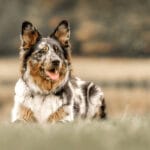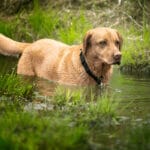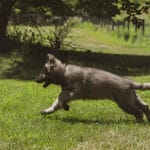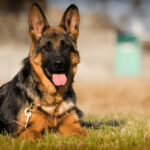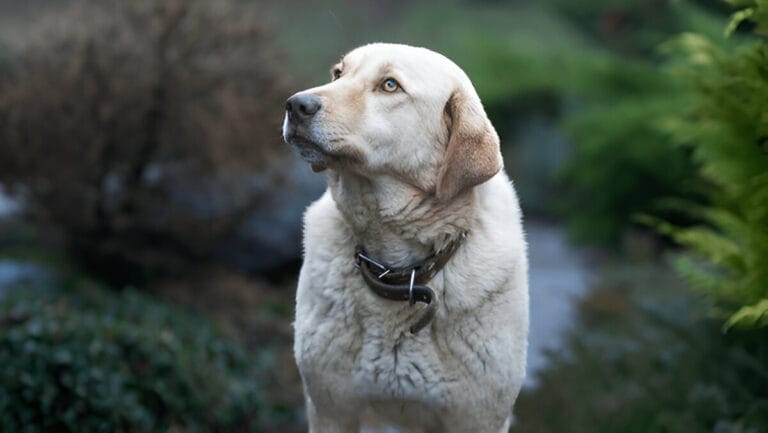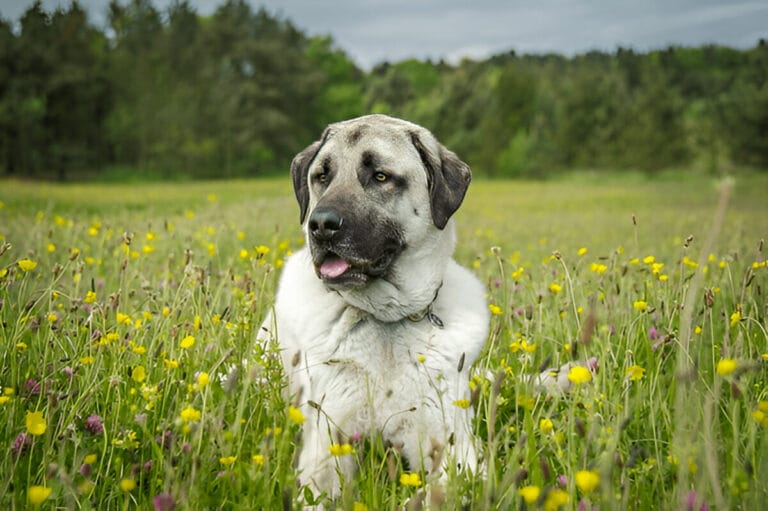The Brindle German Shepherd: A Stunning Yet Misunderstood Variation
As someone who has worked with German Shepherd breeds for over a decade, I’ve witnessed firsthand how the brindle variation often sparks heated debates among dog enthusiasts.
This unique coat pattern, characterized by subtle stripes and tiger patterning across the back and legs, creates a visually striking appearance that sets these dogs apart from the classic solid-colored shepherds.
The American Kennel Club (AKC) recognizes 11 different coloring patterns for German Shepherds, yet the brindle marking remains controversial within the breed community.
While these dogs possess the same intelligence, loyalty, and protective nature that have made German Shepherds consistently popular among the top breeds on the AKC list, their distinctive markings often face scrutiny.
The genetics behind this pattern vary significantly, making each particular dog’s appearance truly individual, though some believe this rare coloring suggests impurely bred lineage.
Despite the lack of widespread recognition among traditionalists, brindle German Shepherd fans argue that dismissing these coated dogs as undesirable leads to unfair hesitation and unfortunate association with other brindle breeds like Pit Bulls, overlooking their remarkable qualities and stunning beauty.
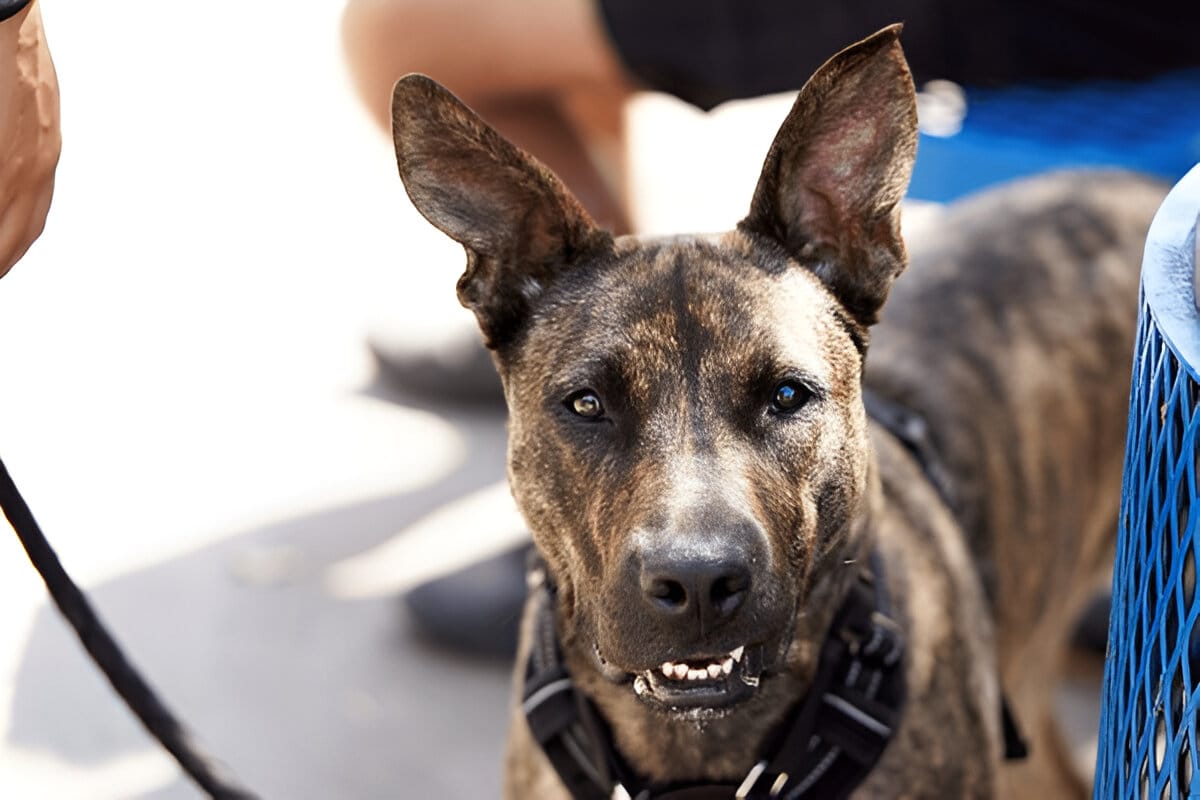
Photo credit: Shutterstock by Karen Dole
Appearance
Having examined countless German Shepherd specimens throughout my career, I can attest that the brindle variation truly sets these dogs apart from other Shepherds in the most captivating way.
As the name suggests, this unique coat pattern creates a beautiful tiger-like appearance through a fascinating mix of brown, black, and gold stripes that dance across their frame, creating a striking visual masterpiece that challenges the classic breed standards.
The pattern is typically more visible on the dog’s back, though it can also be seen on the legs, tail, and sometimes even the face, making each individual truly one-of-a-kind. In addition to this distinctive coat, brindle German Shepherd dogs maintain the same impressive physical characteristics that define the breed – they remain medium to large-sized dogs with a muscular build, strong frame, straight posture, wedge-shaped head, pointed ears, and that signature long, bushy tail that commands attention in any room.
The lifespan of a brindle GSD
In my experience with German Shepherds, brindle specimens maintain the same longevity as traditional colors, living approximately 7-10 years like most large dog breeds.
The brindle pattern doesn’t affect their lifespan, and whether from show or working line, these dogs are known for being just as robust as any other German Shepherd variation – proper care remains the key factor in determining their years of life, not their unique coat coloring.
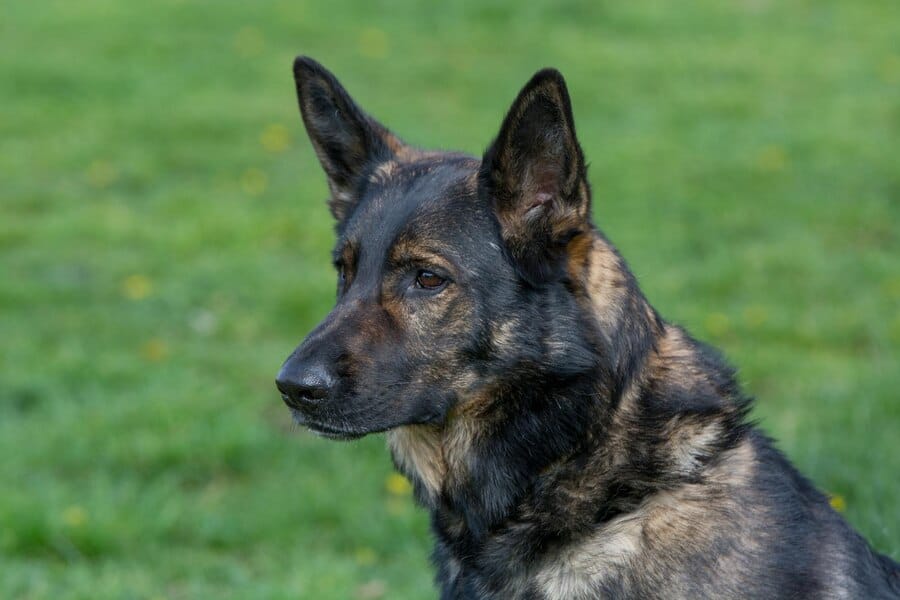
Photo credit: Freepik by EyeEm
What health issues affect brindle German shepherds?
Hip Dysplasia
Throughout my work with German Shepherds, brindle variations face the same hip dysplasia risks as other colors since this genetic condition affects large breed dogs regardless of coat pattern. This common issue occurs when the hip joint doesn’t develop properly, leading to arthritis and pain that can impact quality of life significantly.
Elbow Dysplasia
Brindle German Shepherds face similar hip dysplasia and elbow joint problems that affects many large breeds, which can cause lameness and chronic pain throughout their lives.
Bloat
Brindle German Shepherds face the same gastric torsion risk known as bloat, a life-threatening condition where the stomach fills with gas and twists on itself, which can cause lack of circulation to vital organs and requires prompt veterinary assistance.
Degenerative Myelopathy
Brindle German Shepherds can develop this genetic neurological condition that affects the spinal cord, leading to weakness and loss of coordination in the hind legs which may eventually lead to paralysis.
Allergies
Treating various German Shepherd color variations, Brindle German Shepherds are equally prone to allergies that can cause uncomfortable itching, unsightly rashes, and recurring ear infections just like their traditionally colored counterparts.
These sensitivities can develop from environmental factors, food ingredients, or seasonal triggers, making it essential for owners to monitor their dogs closely for any signs of allergic reactions and work with veterinarians to identify specific allergens affecting their pets.
Eye Problems
Brindle German Shepherds are prone to the same eye problems that affect other color variations, including cataracts, progressive retinal atrophy, and glaucoma that can impact their vision and quality of life as they age.
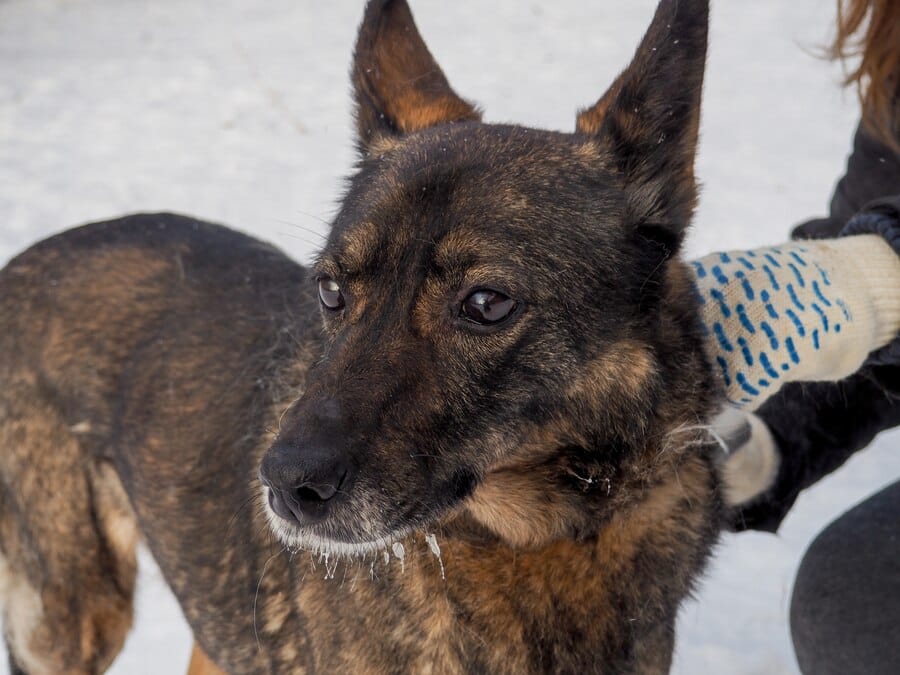
Photo credit: Freepik by allasaa
6 Interesting Facts About the Brindle German Shepherd
Brindle Coating Has Distinct Genetic Markers.
The genetics behind brindle color patterns can be quite finicky to determine, as this unique coloring isn’t simply about basic colors but involves a specific mutation in the gene that creates the pattern. This dominant brindle gene allows the recessive lighter tones to show through the fur, marked by the black coloring that creates distinctive stripes, and this variation results in the beautiful tiger-like patterning we see in these remarkable dogs.
Brindle Is an Original Color Pattern of the German Shepherd.
The first registered German Shepherd named Horand von Grafrath had 30 sons, and two of them were observed to carry the brindle genetic mutation, which means this coloring was documented in the early family tree of the breed’s foundation.
This historical evidence proves that brindle patterning isn’t a modern development or crossbreeding result, but rather an authentic genetic variation that existed from the very beginning of the German Shepherd breed’s establishment.
The S.V. Called for the Eradication of Brindle Patterning.
According to the Society for German Shepherds (Verein für deutsche Schäferhunde or S.V.), which was founded by Horand von Grafrath’s owner Max Stephanitz, the brindle pattern was designated to be eradicated from the breed’s genetics along with white, liver, blue, and merle colorings that were chosen for eradication.
The reasoning stated by the S.V seems to be cosmetic rather than based on health reasons, as there was no evidence that these color variations caused any medical issues or affected the dogs’ working abilities.
There Are Four Types of Brindle Coating.
The brindle pattern creates distinct irregular streaks of darker and lighter color over a base coat, and there are four main patterns of brindle coating found in German Shepherds:
- black brindle
- brindle-tan
- Brindle-sable
- Brindle-gray
Black reverse brindle appears as light stripes on a dark coat, while Brindle-tan dogs show the pattern mixed with tan markings, Brindle-sable typically displays the striping on the head and back only, and Brindle-gray variations may include darker points on the feet and face areas.
Brindle Markings Are Deemed a “Major Defect” by the AKC.
The AKC states that “Strong, rich colors are preferred” and “Pale, washed-out colors, blues, livers are considered serious faults” while any white dog “must be disqualified,” and brindle patterns fall under this same restriction.
Thus, brindle patterning is not recognized as an acceptable pattern for German Shepherd show dogs in America, effectively barring these beautiful animals from conformation competitions despite their authentic genetic heritage and excellent working abilities.
The Dutch Shepherd’s Brindle Patterning Was Chosen to Distinguish It From the German Shepherd.
Though both breeds were bred to look similar in many ways, the Dutch Shepherd’s official patterning features the brindle pattern that was explicitly chosen to distinguish this breed from the German Shepherd Dog.
This deliberate selection created a clear visual distinction between the two working breeds, ironically making brindle a defining characteristic of Dutch Shepherds while simultaneously being rejected in German Shepherd breeding standards.
Conclusion
The German Shepherd remains one of the most distinct and beloved dog breeds worldwide, and though brindle patterning may be rare, its presence as part of the breed’s history is well-documented from the very beginning. Perhaps it’s time to revisit the official breed standards, as these dogs are not qualified for show competitions despite their authentic lineage, much like white Shepherds that have since been officially recognized by the AKC as a separate variety. There seems to be no valid reason why brindle German Shepherds could not receive similar recognition, given their documented place in the breed’s foundation and their excellent temperament and working abilities.


